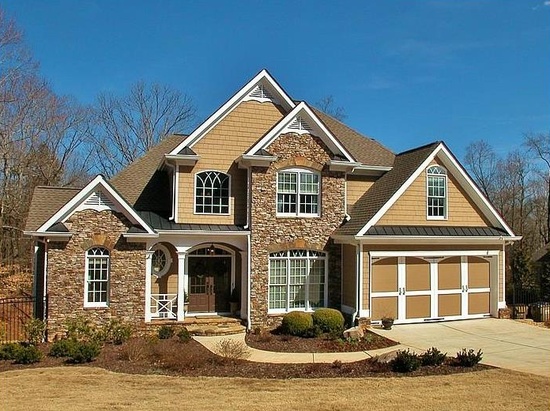
16 2022
Home buyers consider many choices when looking for a new home, such as location, schools, taxes, shopping, and other amenities. Some choose to live in-town, while others prefer the suburbs. Whatever your choice for your new home location, there are several advantages for considering purchasing a newer home when compared to an older resale home.
Newer homes can offer home buyers several benefits over older homes, most notably energy efficiency improvements and safety upgrades. Energy efficiency has been a common goal in newer construction, and there have been significant improvements in construction standards and equipment requirements to lower energy costs. In addition, there have been a number of safety changes that affect several areas of safety, including fire safety, child safety, and electrical safety.
Over the next three posts we’ll consider Energy Efficiency, Safety Improvements, and some Other Considerations when looking at newer homes.
1. Air Conditioning: One of the most significant changes in recent construction has been the requirement that air conditioners meet a higher energy efficiency standard. We have moved from 10 SEER (Seasonal Energy Efficiency Ratio) prior to 2006 to 14 SEER requirements after 2015, which is about a 35% – 40% increase in efficiency. In other words, it should cost 30% – 40% less to cool your home with a 14 SEER unit than compared to an older 10 SEER system. There are more choices for energy efficient HVAC systems, including higher SEER ratings and high efficiency heating systems that can save up to 15% or more on gas use. In addition, there are several incentives to go with even higher efficiency cooling and heating units that include a federal tax credit as well as rebates from the HVAC manufacturers and local utility companies.
2. Insulation: Insulation standards have been around for awhile, but installation and materials have been upgraded. Insulation materials such as cellulose (recycled newsprint) and spray foam materials have grown in popularity. Recent Georgia Energy Codes now require better insulation, particularly in the northern areas of Atlanta and in north Georgia.
3. Air Leakage: More recent Energy Code requirements also include newer standards that are more strict about air infiltration sealants. These sealants are now installed at the framing stage of construction to fully seal smaller openings in the exterior walls between studs and floors, and at wall penetrations. This simple change helps to eliminate energy loss at multiple locations around the home that used to account for up to 30% energy loss in older homes.
4. Blower Door Tests: Georgia now requires that the builder pass a blower door test which measures the amount of air leakage in the exterior walls and confirms whether the exterior walls were properly sealed during the framing stage of construction. Because air leakage can account for up to a 20% to 30% increase in cooling and heating costs, this newer requirement is important in measuring a home’s efficiency.
5. Better Windows: Newer standards on window performance have made a big difference in maintaining an energy efficient home. In 2003, building codes began requiring the use of Low-E glass which was a big improvement in reducing heat gain through the window glass which helps to reduce air conditioning loads.
6. Spray Foam Insulation: Many new home builders are changing to spray foam insulation instead of traditional insulation materials such as fiberglass or cellulose. Spray foam insulation makes it easier to fill wall and ceiling cavities, creating a tighter barrier to air leakage and ultimately, better energy efficiency for the home or building.
7. Tankless Water Heaters: Because water heating accounts for about 20% of your home’s energy bill, tankless water heaters can be a good way to save energy and make your home more energy efficient. Natural gas is expected to surpass electric costs in the future making this type of water heating more desirable.
8. Radiant Roof Decking: A growing trend in new construction is to use a foil based, radiant barrier roof decking, such as LP TechShield, instead of regular oriented strand board (OSB) or plywood. Radiant barrier roofs contain a foil covering on the interior side of the roof that can reduce the attic heat by over 30-40 degrees; this type of roof construction can make the attic significantly cooler and the entire home more energy efficient. This is particularly beneficial when the attic contains HVAC equipment and ducting or storage areas that adjoin the attic.
In the next post we’ll look at Safety Improvements that may make newer homes more desirable.
Review all the posts in this series:
Are you searching a local home inspection company? Call Atlanta Property Inspections now.